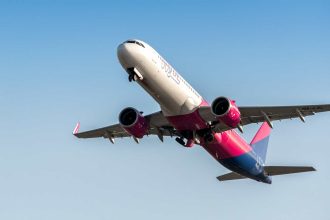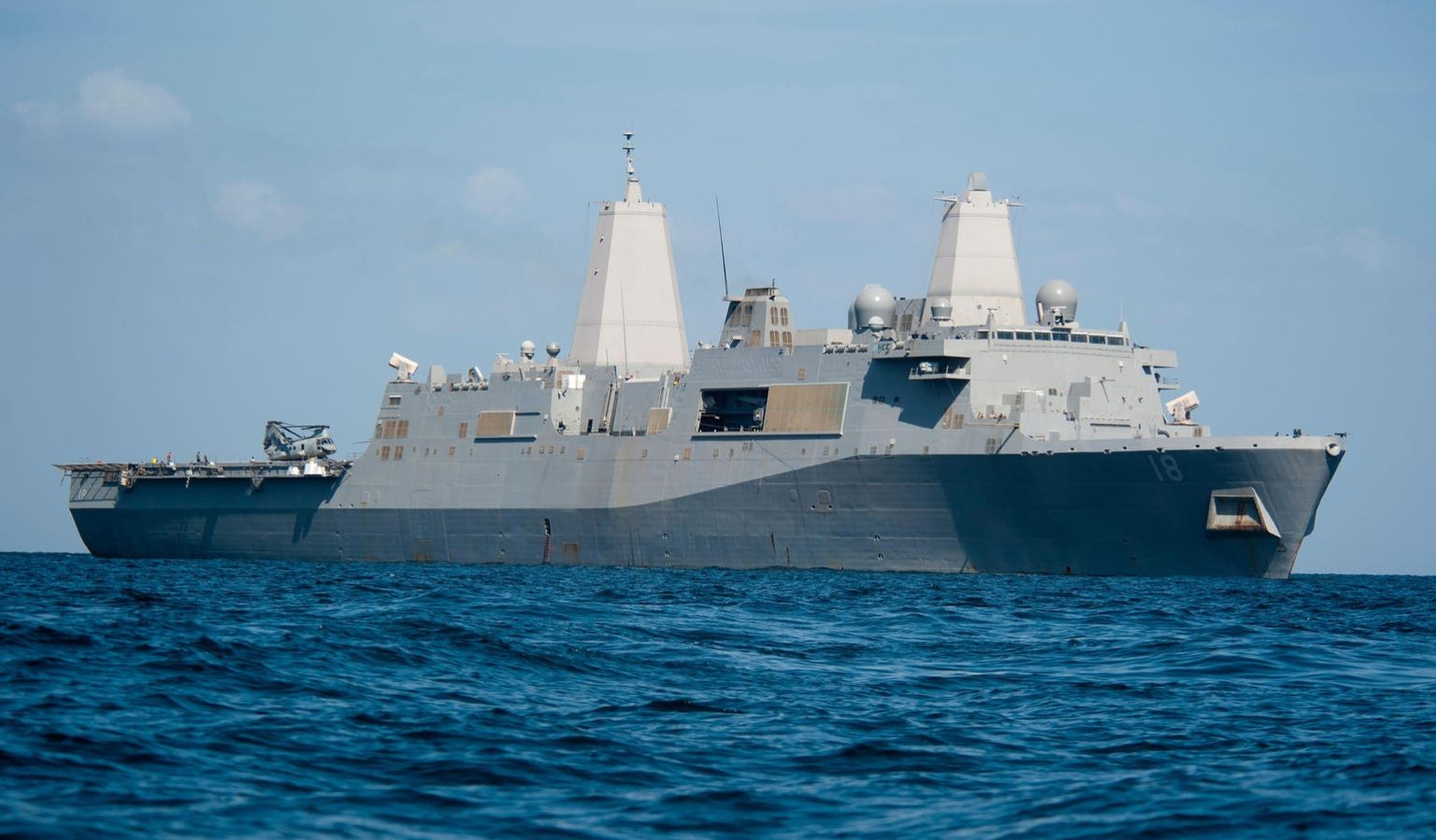In the last 12 months shares of little known Massachusetts-based American Superconductor have soared 276%. No, American Superconductor is not some sizzling hot new AI company. It is an old tech up-and comer, born in the kitchen of an MIT professor almost 40 years ago. It makes specialty wires, and other electronic gear mostly used by power companies and manufacturers— critical infrastructure for the nation’s power grid in the rush toward renewable energy. Its products have been in high demand before, but it has never delivered anything but red ink since its inception as its stock has soared and crashed numerous times over the last 30-plus years. Bullish Wall Street analysts now say the company’s bets on new businesses—like its Ship Protection Systems (SPS) which cloak naval vessels, protecting them from detection and mines—are starting to pay off.
In June, the small energy tech company scored a big win after they were awarded a $75 million contract with the Canadian Navy. According to the agreement AMSC will now supply its proprietary Ship Protection Systems to Canada’s Navy. The first delivery is expected in 2026.
It is American Superconductor’s first contract with an Allied navy, following its breakout success with the U.S. navy in recent years. After years of investing and researching in superconductor technology, AMSC finally got its first full contract back in January 2019. The company’s protection system uses superconductor technology to cloak a ship’s magnetic signature, thereby making them more difficult to detect by magnetically-activated mines in coastal waters.
Historically, U.S. Navy ships have used copper-cable systems to recalibrate a ship’s magnetic pulse—but it is heavy and far from power efficient, experts say. AMSC’s system uses smaller and lighter superconductor cable coils, saving over 50% on weight and up to 50% on power in the process. These were subsequently designed into the U.S. Navy’s San Antonio Class ship platform, with American Superconductor winning several follow-up contracts after its initial success.
“We basically went in at a very high level and said, give us a chance to deploy in the field, we have done all this work to invest in this technology,” says Chairman and CEO Daniel McGahn. “I guess I was talking to the right admiral at the right time… it never hurts to ask.”
AMSC’s SPS contract with the Canadian Navy is its seventh in total, with future plans to expand to other Allied Navies. The U.K. and Australian fleets have similar types of ships where this protection system can be easily replicated, analysts also point out. “This is a beachhead market: It’s a longer vision but there is potential to scale,” says McGahn.
While a newer part of AMSC’s business, SPS still only accounts for roughly 10% of revenue today. Three-quarters of the company’s business comes from its core segment: Improving and maintaining the electrical grid. “We try to make the grid more resilient for a lot of today’s challenges, such as adding renewable energy or electric vehicles,” says McGahn.
In AMSC’s Windtec business, which accounts for roughly 15% of revenue, the company supplies wind turbine manufacturers with designs, power and control systems as well as customer service. Most of the company’s contracts in this segment are from India, with some business also in South Korea.
One of the company’s largest institutional investors is Edinburgh, Scotland-based investment manager Baillie Gifford, which has been invested in the company for five years and today holds 2.2 million shares, worth more than $50 million. “AMSC is providing the picks and shovels as we continue to see a larger need for more efficient energy usage, transmission and storage,” says Luke Ward, an investment manager at the firm. “We are excited about the company because getting to a solid financial foundation in our mind increases the probability of some of these longer term options getting executed on.”
With 300 employees today, AMSC has been flirting with a market capitalization of nearly $1 billion. It wasn’t all boom times for the company, however: It has been a long, and often painful, road to recovery ever since 2011, when its biggest customer stole trade secrets and caused sales to plunge.
AMSC was flying high, boasting strong sales and a market capitalization of around $2 billion. But in April of that year, employees received alarming news. The company’s largest customer—Beijing-based Sinovel—had refused to accept a shipment of electronic components for its wind turbines, not to mention pay the millions of dollars owed for the shipment.
At the time, Sinovel’s business accounted for roughly three quarters of American Superconductor’s revenue. It was a huge blow to the company. Quarterly revenues plunged from nearly $100 million to just $9 million. By the end of the year, the company’s market capitalization sat at $200 million and its stock had cratered 90%. Layoffs ensued and the company was forced to shutter a facility and move headquarters.
In July 2018, the Justice Department found Sinovel guilty of stealing trade secrets and ordered them to pay more than $50 million in damages to AMSC. According to evidence presented at the trial, the crisis had in total cost AMSC more than $1 billion in shareholder equity and nearly 700 jobs, over half its global workforce.
“Trying to rebuild the business to a position of strength effectively took them a decade,” says Baillie Gifford’s Ward. Last year, AMSC posted profitable non-GAAP net income—of less than $0.1 million—for the first time since 2010, a significant milestone for the company that he describes as an inflection point. In the latest quarter reported in August, that number rose to $3 million.
“This was a case of walking before you can run… the company hasn’t tried to get ahead of itself which has been one of the keys to its resurgence,” says Ward.
While many analysts almost fifteen years ago may have written American Superconductor off, those who cover the stock today are unanimously bullish. Shares trade for $24 but analysts believe they can easily break $30 as the company’s different business segments continue to grow.
American Superconductor’s most recent annual revenue was $146 million—notably up from $106 million the year prior. In August, the company made perhaps its most meaningful acquisition yet, paying $61 million for New Jersey-based company NWL, which provides power supplies to industrial and military customers. American Superconductor subsequently raised both its cash flow and revenue guidance for the quarter.
The move was lauded by analysts, especially because of NWL’s extensive customer network within the military. “We see the company executing well on delivering sustainable growth… NWL will provide a step function higher in both revenue and profitability,” Oppenheimer analysts wrote shortly after the deal. They also argue that American Supercontucor’s wind and grid businesses are positioned to benefit from long-term secular trends, including aging utility infrastructure.
Still, American Superconductor is a small, emerging player in a big pond. Many of its competitors are far larger and wealthier—including the likes of ABB, General Electric, Siemens and Sumitomo, meaning that the company must be strategic with the projects it bids on. That strategic approach means often forgoing a larger project in favor of a smaller one where American Superconductor may be the only bidder, for instance.
With tailwinds in themes like renewable energy, semiconductors and military tech at their back, the management team at AMSC remains focused on slow and steady growth. “We’re trying to design a business that can be resilient in any economy with any policy, with any politician, in any market,” says McGahn, who has been at the helm since the rebuilding days in 2011. “That’s how big companies become big companies.”
Read the full article here





